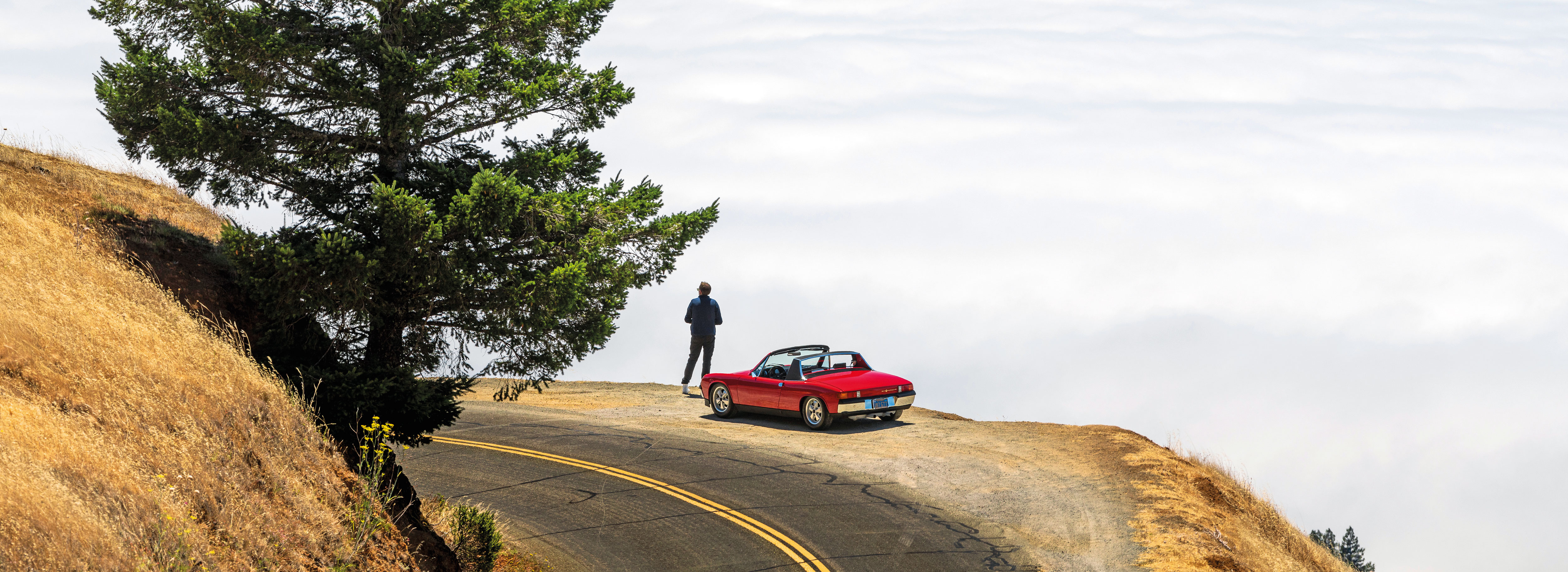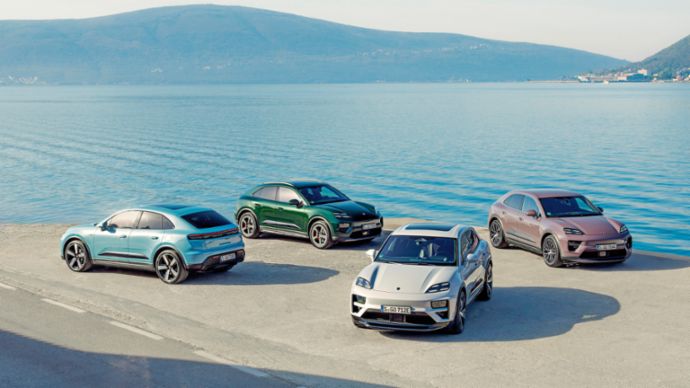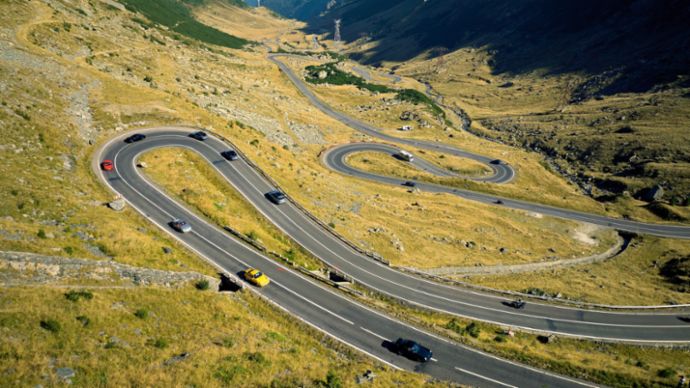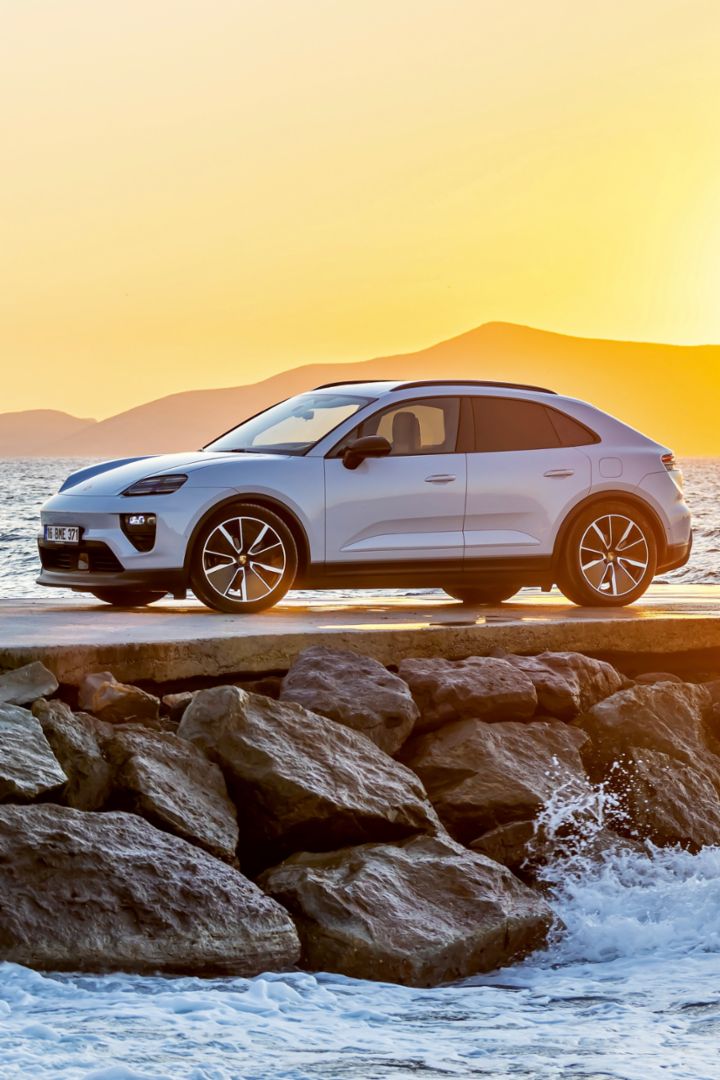Keepers of the Flame
What makes the Porsche brand so legendary? What inspires people to continue keeping it young and full of life 75 years later? And how does this emotional, often lifelong bond with the Zuffenhausen sports cars come about? A very personal declaration of love to Porsche and its global community.
“These cars make bridges, and you never know where they might lead.”
We all come to the Porsche community from somewhere. For many of us, a critical fork in the road can be traced to a particular car. Or, perhaps, a particular experience that is connected with a car. In my case, it was car magazines.
A decade before I could drive, a gift subscription to Car Craft magazine ignited my passion for American muscle cars. Shortly afterwards, through Car and Driver magazine, I discovered machines that cornered and braked, too. The ones that gripped me? Fast German sedans and sports cars. Opening the mailbox to find a new issue was a real event, as each promised hours of quiet enjoyment and stories found nowhere else. Those editors, writers, and photographers created something even more valuable, though: a sense of connection with people and places a world away from my childhood home of El Cerrito, a low-key suburb of San Francisco.
Little did I know that sports cars from Stuttgart-Zuffenhausen would forever alter my path, personally and professionally. It was my older brother’s Porsche 914 that ultimately captivated me. When my brother left the vehicle behind, broken, my parents said I could drive it so long as I could pay for repairs, insurance, and fuel.
The car proved to be a good teacher. With only about 80 PS, it underlined the importance of steering well and maintaining momentum. It also introduced me to a community who made it possible for a teenager to keep it running. First among them was Jim Breazeale at European Auto Salvage Yard, a purveyor of used and new Porsche parts. There were no price tags at EASY – if you were a regular, Jim often waved you through. When he did name his price, you considered all the times he hadn’t. Message: consider the long road.
While the 914 was simple enough that I could fix it myself, its technique was quite advanced – and technique is the work of people. Which left me wanting to learn more about another side of this Porsche community: those who designed, developed, and built the car. As ever, magazines helped. Events, too.
A 914 gathering on California’s central coast in 1992: a silver 914-6 with factory flares sparkled a bit brighter. I soon learned its owner was preparing to install a 3.6-liter flat six – uncharted territory in a 914 back then. When it came time for college, I had to leave my car and the car community of the East Bay behind. At least for a while.
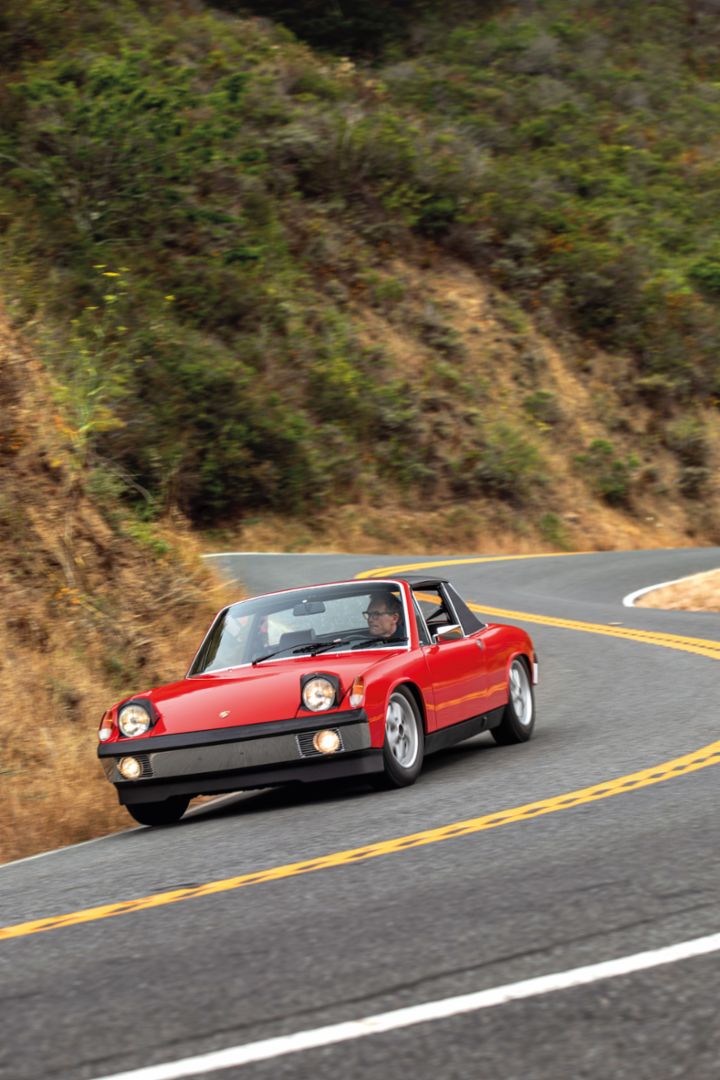
Special exception:
With more than 425,000 kilometers on the odometer, Stout’s 914 is still regularly out and about on the San Francisco Bay Area roads.Then, in my sophomore year, a guest lecturer spoke about dreams – prompting an odd thought: “Why not write about cars?” My first subject, for a story published in the May 1995 issue of Porsche magazine Excellence, was a certain 3.6-liter 914-6.
About a year later came a call from Sports Car International, informing me a summer internship was available. It turned out to be a great experience and one that led to a full-time job at sister title Excellence, which had published my first article a year before.
What followed was a remarkable journey into the world of Porsche. Meeting so many figures I’d read about, and many more I hadn’t, at new-vehicle introductions. In-car instruction from some of the very best. Gently correcting the wagging tail of a 911 Turbo at 280 kmh on dirt. Attending a press launch for the Carrera GT at a former East German airbase before spending a week with a Carrera GT in California. Testing a prototype 918 Spyder on a sopping-wet Leipzig circuit, and the final product at high speeds on the Circuit Ricardo Tormo, west of Valencia, Spain. Supporting two Pikes Peak winners alongside solid teams formed out of long relationships. Each conversation, every drive contributed something along the way.
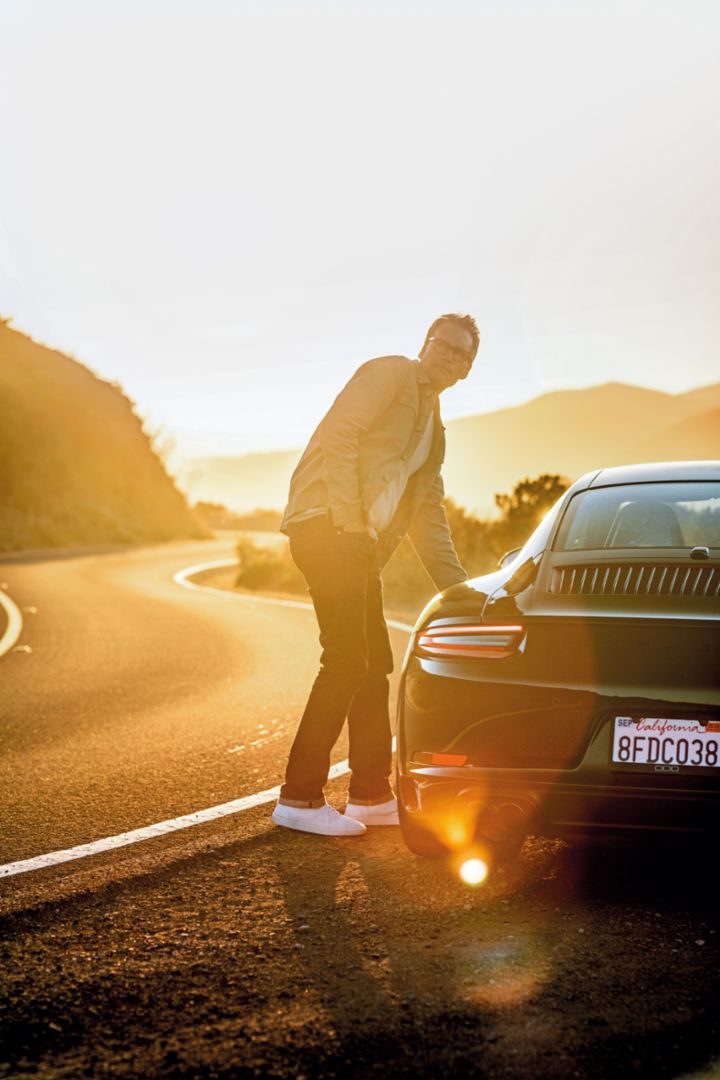
Everyday 911:
Pete Stout has owned a 911 Carrera (991) in Brewster Green since 2018. Stout was there himself in Stuttgart-Zuffenhausen when the car rolled off the production line and has since covered around 83,000 kilometers in the 911.On a personal level, it’s difficult to pick a peak moment from these 25 years. But perhaps it was driving my old 914 on a rain-soaked Sears Point, my home track in California, next to Richard Attwood in a 917 on the 50th anniversary of both designs – before climbing behind the wheel of the twelve-cylinder race car for an extraordinary experience made possible by the teams at the Porsche Museum and Porsche Cars North America.
What I’ve learned about Porsche sports cars, and the Porsche community, is this: these cars make bridges, and you never know where they might lead. Consider the late Cris Huergas, another fixture at EASY. He and all three of his brothers had hot-rod 911 cars, prompting David Colman to pen a story for Excellence. I snapped some not-great photos, and the resulting article caused automotive designer Freeman Thomas to reach out to Cris. The R Gruppe was born. Honorary members included Steve McQueen and race car driver Milt Minter.
Go far enough, though, and you realize it all ties together – something I think about as I work alongside longtime friend Alex Palevsky. We worked together for two years after college, and it didn’t take long to recognize we had a kind of childhood in common thanks to car magazines.
In 2016, we decided to do something crazy with a small team: start an independent print magazine that swam against the stream of ever-thinner titles. The rather hefty result, called 000, might be best described as an art criticism piece that happens to be about Porsche.
There’s no small paradox in being asked to write about community from a magazine editor’s perspective, as magazines are created much the way they’re enjoyed: in solitude. In a sense, though, I suspect that only deepens my connection with many who, like me, may not always have the time or ability to travel to car events. When we do, we pick right up as old friends do. And, when it comes to Porsche events, few are larger, more diverse, or more successful than Rennsport Reunion. At the first one at Laguna Seca in 2011, the gathering of race cars, racers, and fans took on a new dimension. Suddenly, a cast of characters I’d gotten to know in Germany over many years were there, together, in California. The feeling in the paddock – where fame and family collided – was positively electric.
And that family is growing. I think about our daughter, now eleven, and her road to the Porsche community. She’s into cars, and it’s definitely nature rather than nurture – she disappears to her room when Car and Driver, Panorama, or Christophorus arrives, suggesting certain experiences will always have their appeal. It wasn’t difficult to convince her to join me in supporting a Porsche for the 100th Pikes Peak International Hill Climb, where she encountered a whole new and supportive community. Just as she did at Rennsport Reunion 6, where Donna Dreher took her for a ride in a 356 Speedster that used to be raced by Donna’s father. They’ve been pen pals ever since.
These are the bridges that matter, because sometimes, even 25 years down this road, I find myself questioning how or where I fit in. Or if I do. And then I realize that isn’t a requirement in this community, and never was – which is part of why the sports cars from Stuttgart speak to me. For once upon a time, they too were underdogs, created by people who stuck with rear-engined sports cars when everyone else went a different way.

There, too, is a message for the rest of us: with perseverance, a contrarian concept can eventually become the icon – at once modern and timeless. And so I remain a chronicler. A student. And, hopefully, a fellow keeper of the flame.
Pete Stout
The cofounder and editor in chief of the magazine 000 has been a part of the Porsche world for 25 years. Pete Stout was also editor in chief of Excellence and Porsche Panorama. Together with his editorial team, the 49-year-old American has fulfilled a dream with the quarterly 000 Magazine, which was launched in 2016, and has delved ever deeper into the world of the global Porsche community.
Consumption data
911 Turbo
Macan Electric
-
19.4 – 16.8 kWh/100 km
-
0 g/km
-
A Class
Macan Turbo Electric
-
20.7 – 18.4 kWh/100 km
-
0 g/km
-
A Class
